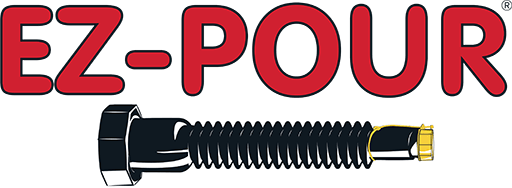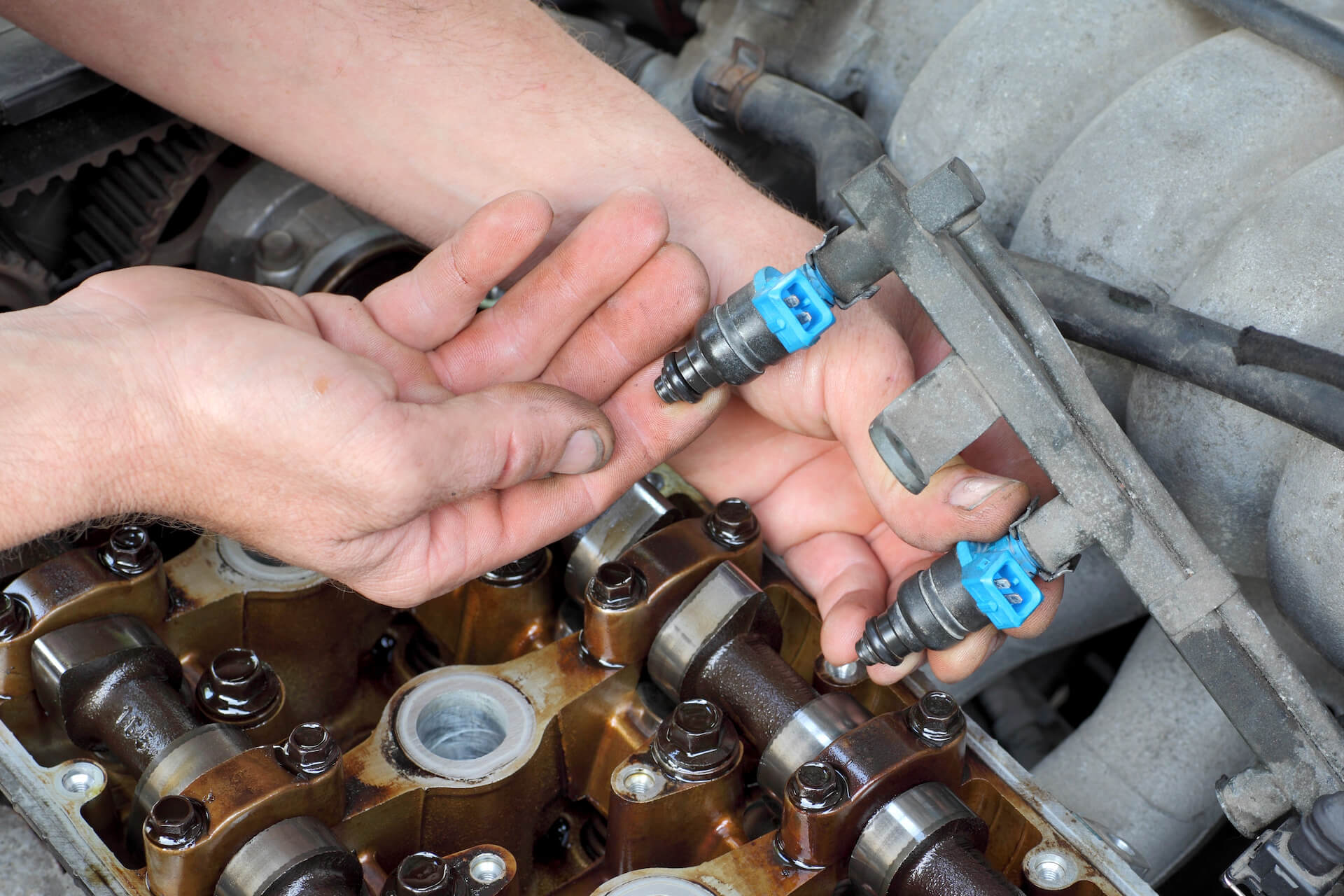In the past, vehicles relied on not-so-perfect carbureted mechanisms to deliver fuel to the engine. Thankfully, modern cars now come with fuel injectors to perform the same primary task. Fuel injectors are innovative devices that help ensure your engine gets the right amount of fuel at the right time.
There are two types of fuel injectors: mechanical and electronic. While there are still systems that use mechanical fuel injection, many modern cars now use electronic fuel injection systems. The electronic version allows for greater fuel efficiency and economy. Understanding how fuel injectors work is crucial to help you better care for your vehicle.
Mechanical Fuel Injectors
Mechanical fuel injectors pump high-pressure fuel from the fuel tank. Once fuel pumps from the fuel tank, it enters the accumulator, a buffer for temporary fuel storage. The metering control unit then distributes this fuel to the vehicle’s cylinders. A flap valve located inside the engine’s air intake opens every time the vehicle speeds up or slows down to ensure the fuel and air mix properly while entering the cylinders. The same is the case with the fuel distributor. This way, the fuel to air ratio stays proportioned.
The fuel distributor works due to two springs: the main spring and the plunger spring. The main spring controls the fuel inlet to the fuel injector. The fuel coming from the fuel pump is pressurized. This pressure causes the main spring to open and let fuel inside the fuel injector. When the fuel enters the inlet, it mixes with air, which increases the pressure. This increase in pressure causes the plunger spring to move—forcing the plunger to move outward. These actions all accumulate to push the nozzle open. This open nozzle allows a controlled spray of fuel to occur.
Electronic Fuel Injectors
Common in many new cars, an electronic fuel injector differs in the amount of fuel and tension needed to open and close the valve using the spring. Rather than using these two functions to control fuel spray, electronic systems use an electronic control unit (ECU) to handle all the required functions.
The vehicle feeds the ECU current information such as air temperature, air intake pressure, engine temperature, engine speed, and accelerator position in real-time. These conditions allow the ECU to calculate the specific amount of fuel needed for each cylinder.
Fuel rails connected to the fuel tank and the fuel injector transport the fuel. An electric fuel pump allows fuel to travel through the pressurized environment of the fuel rails and the fuel injector. Next, the ECU sends electronic signals to the fuel injector pins. This action creates an electromagnet inside the fuel injector, which causes the plunger to move outwards, creating a pass for the fuel. Once a cycle of fuel injection finishes, the ECU stops sending the electronic signal to the fuel injector, effectively deactivating the electromagnet. Once that component is deactivated, nothing is pushing the plunger outward, and the nozzle will be closed.
This system is much more precise than a mechanical fuel injector, providing just the right amount of fuel to each cylinder in your vehicle. This precision directly translates to more efficient engines and saves you money at the pump.
Shop EZ-POUR® Today!
The next time you need to fill your gas tank, try EZ-POUR®’s Rigid® Replacement Spout and Vent Kit. Perfect for new cars with capless designs, our Rigid® spout can attach to your old gas can to make pouring that much easier. This kit includes a spout, spout cap, half-inch replacement push-in vent, flame arrestor, and yellow and black base caps to fit your old cans. So, what are you waiting for? Visit our website to shop now for your replacement spout!

